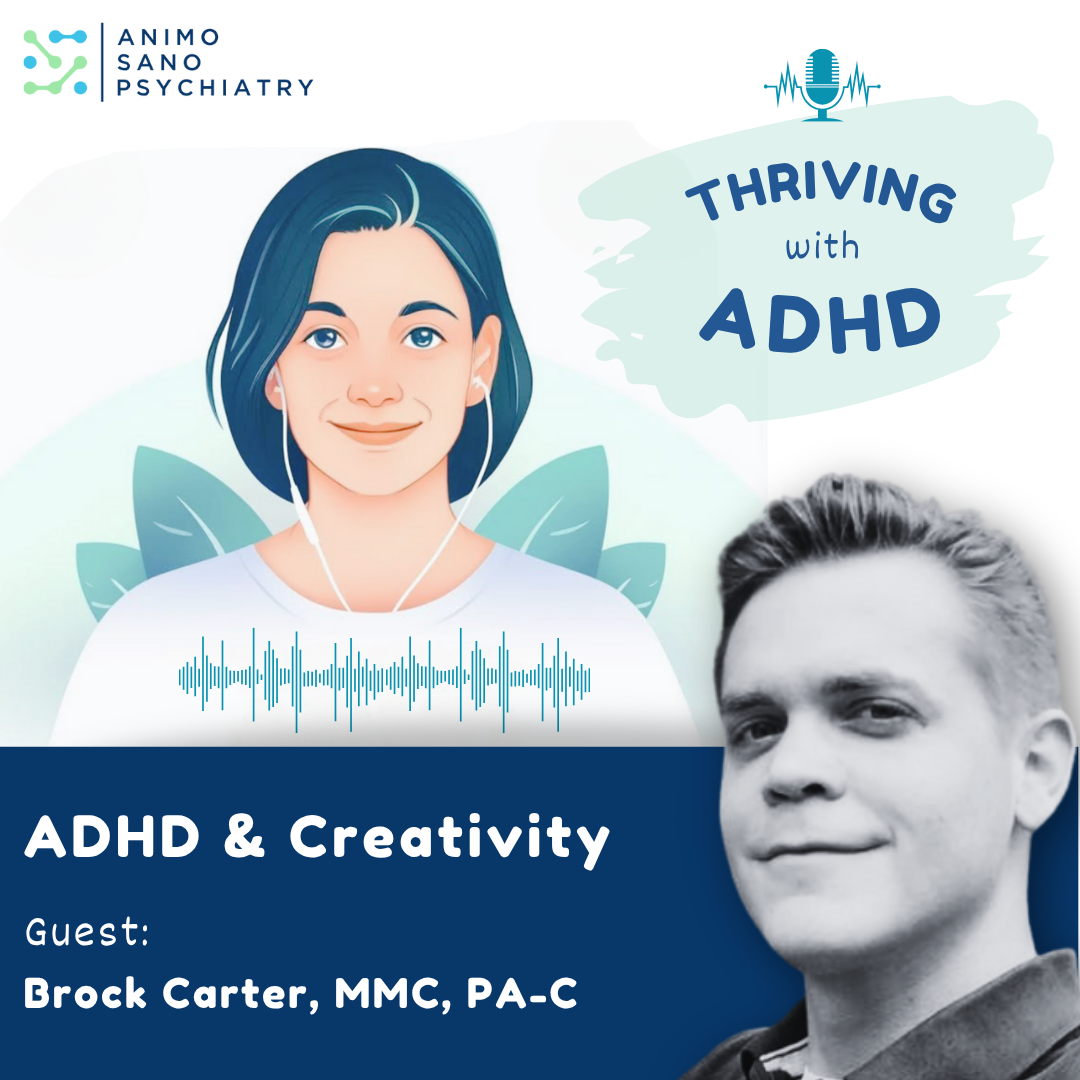
Burnout is a common yet often overlooked experience among individuals with ADHD. While burnout is typically associated with chronic workplace stress, research shows that people with ADHD face unique and more frequent challenges that can lead to persistent mental, physical, and emotional fatigue. ADHD-related burnout isn’t just about being tired—it involves a deeper state of exhaustion linked to ongoing efforts to manage symptoms like distractibility, disorganization, and emotional dysregulation.
What Is Burnout?
Burnout, as traditionally defined, is a state of chronic physical, emotional, and mental fatigue brought on by prolonged stress—usually work-related. Classic symptoms include exhaustion, cynicism or detachment, and decreased performance. For individuals with ADHD, burnout stems less from external demands and more from the ongoing mental strain of managing symptoms
People with ADHD often “mask” their symptoms—creating routines, using planners, over‑preparing—just to keep pace with expectations. Over time, this masking becomes unsustainable, and the brain’s emotional and self-regulation systems run out of steam.

What Is ADHD Burnout?
ADHD burnout is the emotional and mental crash that comes from constantly compensating for ADHD symptoms. Over time, this effort becomes unsustainable—and the result can feel like your brain simply shuts down.
Tasks that once felt manageable suddenly feel overwhelming. Motivation disappears. Emotional regulation takes a hit. And even rest doesn’t feel truly restorative.
This kind of burnout often goes unnoticed until it reaches a tipping point. That’s why it’s important to recognize the signs early.
Symptoms of Burnout vs ADHD Burnout
Classic burnout symptoms include:
- Persistent fatigue
- Lack of motivation
- Feeling detached or emotionally numb
- Decreased productivity or focus
ADHD burnout symptoms include those—but also:
- Executive paralysis: when small tasks feel impossible to start or finish
- Intense emotional swings, including guilt, shame, or hypersensitivity
- Physical complaints: like headaches, muscle tension, or digestive issues
- Sleep disruptions: difficulty falling or staying asleep, or waking up still exhausted
If you’ve ever had a day where just getting out of bed felt like a battle—despite having the time and space to rest—you’re not alone. That kind of exhaustion isn’t laziness. It’s often a sign that your brain has been doing too much, for too long, without a break.
How Common Is ADHD Burnout?
Research is still emerging, but the numbers are stark. In 2021, ADDA reported that up to 93% of adults with ADHD experience burnout symptoms—compared to around 30% of neurotypical adults. Another study found 54% of ADHD adults reported burnout, compared to 18% in the general population .
What Causes ADHD Burnout?
Burnout in ADHD arises from the convergence of multiple factors:
- Constant compensating – Trying to stay organized, manage time, and meet expectations requires ongoing effort when you live with executive dysfunction.
- Masking and perfectionism – Many people with ADHD push themselves to appear “neurotypical,” which can lead to chronic stress and emotional exhaustion.
- Hyperfocus (and the crash afterward) – While bursts of hyperfocus can be productive, they often come at the cost of basic needs like sleep or nutrition.
- Emotional sensitivity – ADHD often heightens emotional reactions, making everyday stressors feel more intense.
- Unmanaged or undiagnosed ADHD – Without support or understanding, the mental strain increases significantly.
The ADHD Burnout Cycle
Understanding the pattern helps us break it. Here’s a simplified five‑stage cycle:
- Struggling to keep up with demands
- Overcompensating with extra effort
- Feeling depleted despite trying harder
- Crashed mentally, emotionally, and sometimes physically
- Recovering—but only temporarily, before the cycle repeats
Sound familiar? If so, you’re not failing—you’re responding to a system that’s asking too much without offering enough support.
How to Recover from ADHD Burnout

ADHD burnout is reversible. But it requires a shift—from pushing harder to supporting yourself more intentionally.
Here are a few steps that can help:
- Recognize the signs and give yourself permission to pause
Burnout isn’t a personal failure. Naming what’s happening is the first step toward healing. - Loosen the pressure to “mask” or over-perform
It’s okay to show up as you are—especially when you’re not at full capacity. - Focus on gentle structure
Small steps can help: use timers, break tasks into smaller parts, and allow flexibility. - Create built-in moments for rest
Schedule breaks before exhaustion sets in. Even short pauses can help reset your nervous system. - Lean into your strengths
If something energizes you or sparks interest, use it strategically. ADHD brains often work best in windows of motivation. - Ask for support
Whether it’s accommodations at work, help from loved ones, or support from a therapist, you don’t have to do this alone.
Final Thoughts
ADHD burnout is real, and it can be incredibly discouraging. But with the right support, tools, and self-awareness, recovery is possible. More than that—it’s possible to thrive in ways that work for your brain, not against it.
If this sounds like your experience, you’re not alone—and you’re not broken. With some gentle shifts, a bit of structure, and lots of compassion, you can begin to reclaim your energy and find a new rhythm that actually works for you.
Responsibly edited by AI
Other Blog Posts in
Animo Sano Psychiatry is open for patients in North Carolina, Georgia and Tennessee. If you’d like to schedule an appointment, please contact us.
Get Access to Behavioral Health Care
Let’s take your first step towards. Press the button to get started. We’ll be back to you as soon as possible.ecovery, together.




